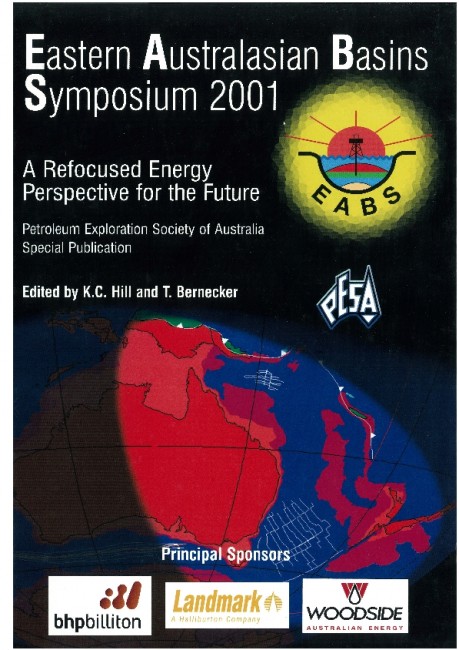Publication Name: Eastern Australian Basins Symposium 2001
Authors: C.R. Fielding, R. Sliwa, R.J. Holcombe and A.T. Jones
Date Published: November 2001
Number of Pages: 33
Reference Type: Magazine Article
Abstract:
This paper presents a series of palaeogeographic maps to illustrate the geological history of the Bowen-Gunnedah-Sydney Basin System (BGSBS) through Permian and Lower/Middle Triassic times. The maps are based on a lithostratigraphic framework that correlates formations throughout the basin system. Three broad phases of geological development can be recognised throughout the BGSBS:I. Late Carboniferous to Early Permian extension, which led to the formation of a series of disconnected, mainly non-marine infra-basins, and which were progressively inundated by the sea to form a continuous basin system by late Early Permian times;
2. A short-lived mid-Permian period of passive, thermal subsidence in which much of the entire basin system was dominated by offshore marine environments; and
3. A Late Permian to Middle Triassic period of foreland crustal loading in response to propagation of thrust sheets during the Hunter-Bowen Event, which led to infilling of the marine basin and the widespread establishment of alluvial (and at times lacustrine) depositional environments.
Key stratal surfaces throughout the section, notably flooding surfaces, are established to be of great lateral extent, and those in the Late Permian to Middle Triassic interval are interpreted to record periods of thrust
load-induced (foreland basin) subsidence. The inter-regional extent of these correlations provides new insights into the causal mechanisms responsible for the Bowen-Gunnedah-Sydney Basin System.


